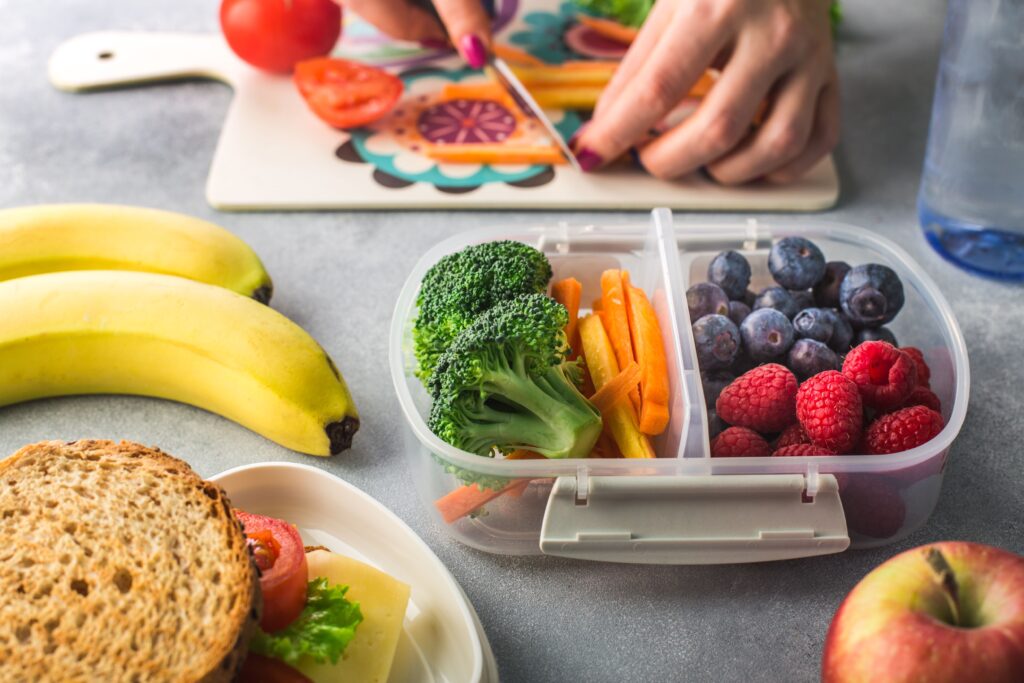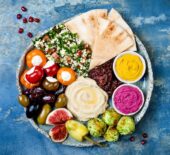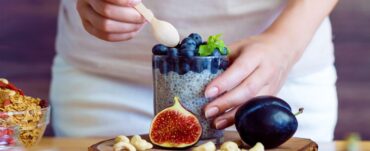Do you feel like creating a lunch box which satisfies both your kid's taste buds and ticks their nutrition needs is a task which gives you a headache? You are not alone if you feel left in the dark about where to start.
The food industry does not help the process either with many snack ideas which are advertised as lunch box fillers often classified in the ‘sometimes foods’ category rather than wholesome foods to add to a daily lunch box.
Below is a guide to help you to structure your child’s lunch box to meet their nutrition needs. The first step is knowing the food groups which are important to support your child’s health. This includes:
- Wholegrains
- Lean meat or alternatives
- Dairy
- Fruit
- Vegetables
These five food groups are the foundation of a healthy lunchbox. Including each of these groups in a lunch will help to give your child a variety of choices. The food groups can be included in a variety and out of the box way. The style needs to suit both your family, culture and taste preferences.
For example, using leftovers as a staple which could be spaghetti bolognaise. This meal depending on how it made can tick the wholegrains, lean meat, vegetables, and diary.
Wholegrains
There is nothing wrong with the classic sandwich but opt for a wholegrain over white, wholemeal or multigrain if possible. There are several brands of bread which have the consistency of more white based bread but are wholegrain. Another option is to use a wholegrain wrap or even wholegrain crackers or rice cakes as a substitute for bread. Changing things up can promote lunches being eaten as variety really is the spice of life.
Fillings
For the fillings, this is a good opportunity to add in some salad vegetables. The base can also be a fruit like avocado rather than butter or a dip like hummus or tahini. Lean meat options which are best for health include lean turkey breast or chicken breast, pork, or beef. It is a common mistake made by many parents that ham is a lean meat when in fact it is classified as a processed meat, in the same category as salami and bacon. These types of meats are best kept to a minimum and as a special occasion rather than a daily sandwich filling.
Nuts are often a no-go in school but if not a 100% nut butter is a great lean meat alternative. There are also seed butters available on the market. Other lean meat or alternative choices can be sliced boiled egg or scrambled egg, beans like baked beans, or baked tofu.
Cereal for Lunch
Cereal can be a lunch food too! An idea is making a meal by combining oats, yoghurt and fruit. Cereal can also be a dried snack e.g adding some Weetbix or viraweet bites which contain dried fruit into a small container.
Vegetables
To tick the vegetable group, adding vegetable sticks is a good go-to but not the only option. Try making some veggie balls (many recipes can be found online), packing a tin of low or no sugar baked beans, tinned baby corn, adding a baked potato stuffed with cheese or even adding a soup in a thermos.
If your kid is a lover of two-minute noodles an easy nutrition upgrade hack is firstly selecting a wholegrain variety which are now available. Secondly, ditching the powdered flavouring full of added sugar and flavour by adding into the soup. Perfection!

Outside the Sandwich
Outside the sandwich, additions to the lunch box can include:
- Mini omelette muffins
- Scrambled egg and vegetable mix with some hot sauce and herbs and spices.
- Roasted chickpeas or corn kernels
- Small tin of baked beans
- Seeds, dried fruit and popcorn trail mix
- Fruit
- Water bottle
- Long life milk
- Yoghurt
- Cheese and wholegrain crackers
What About Fruit Juice
Fruit juice is a tricky one, as on the plus side ½ cup of fruit juice counts as one serve of fruit. The minus is that fruit juice often contains added sugar, especially if from a lunchbox style popper. It also has minimal to no fibre. If possible, stick to water or milk and save a small cup of juice as a sometimes drink.
Take home message: You do not need to feel in the dark when it comes to creating a nutritious lunch box for your child. Being creating and stepping outside the box in what is offered and how it is presented could be the key to a lunch box which comes home empty.








